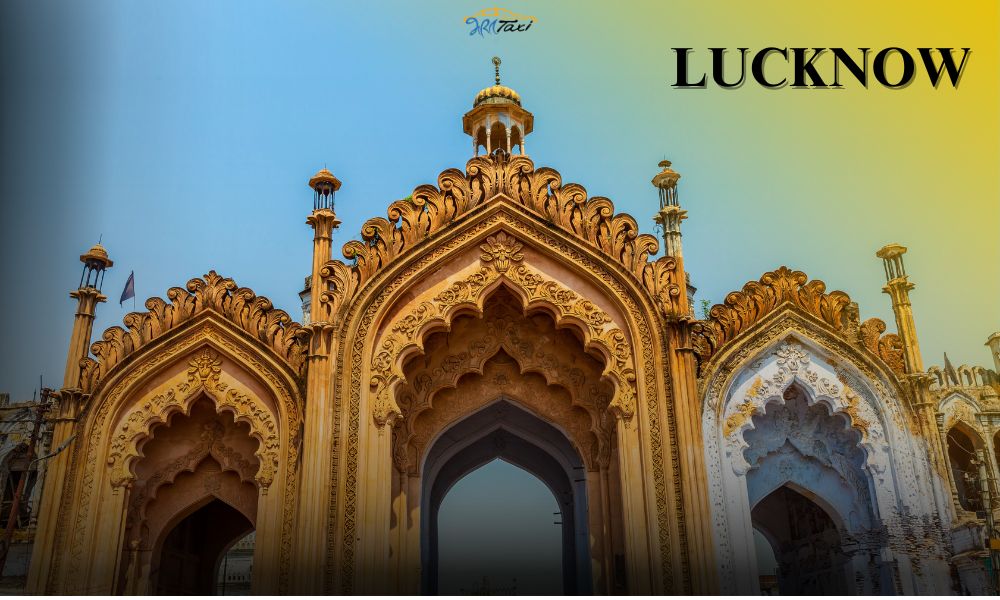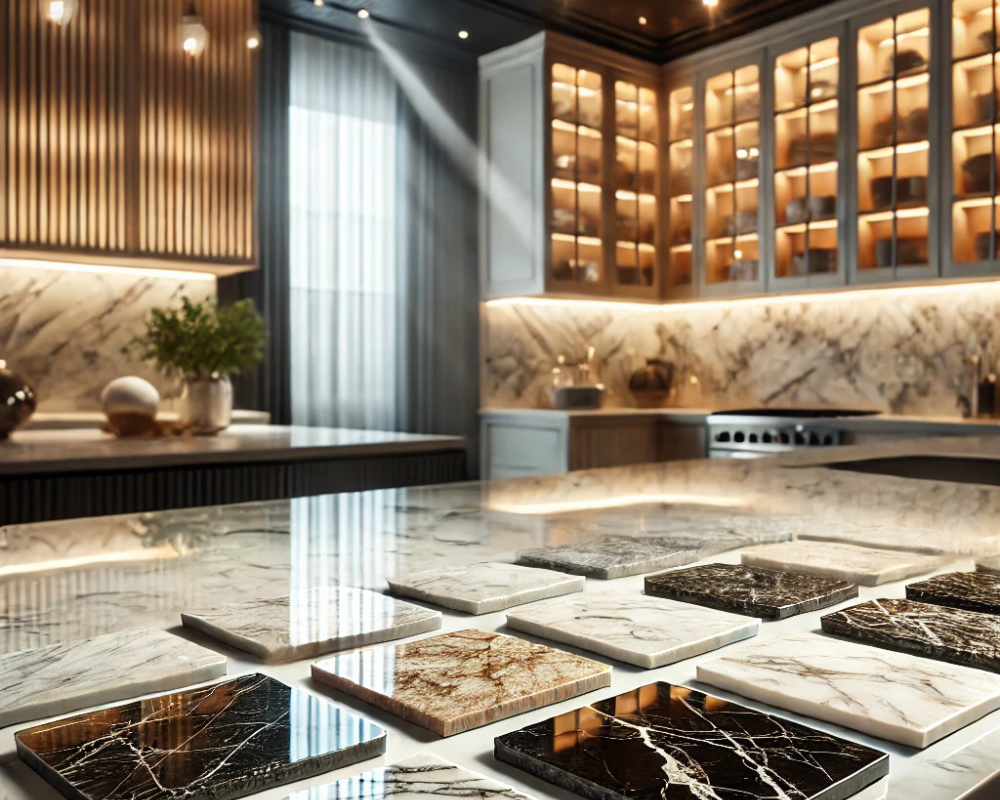Top 10 Must-Visit Rich Heritage Sites in Lucknow: A Journey Through History and Culture

Lucknow, the capital of Uttar Pradesh, is renowned for its deep-rooted cultural and architectural heritage. Once the centre of the Nawabs of Awadh, the town is famous for its unique blend of Mughal, British, and traditional Indian styles of architecture. Each structure, from historical monuments to grand palaces, tells the story of a bygone era. Here are the top 10 rich heritage sites in Lucknow that embody the city’s illustrious past.
Bara Imambara
Bara Imambara, also known as the Asfi Imambara, is one of Lucknow’s most iconic monuments. Built in 1784 by Nawab Asaf-ud-Daula, the structure is an architectural marvel. The Imambara is famed for its grand central hall, one of the largest arched constructions in the world without any support beams. One of the most intriguing features is the labyrinth, or “Bhool Bhulaiya,” that visitors can explore. This grand structure represents Lucknow’s rich cultural and architectural history.
Chota Imambara
Located near Bara Imambara, the Chota Imambara is another magnificent example of Lucknow’s heritage. It was built in 1838 by Nawab Muhammad Ali Shah and serves as his final resting place. The monument is adorned with intricate calligraphy and chandeliers, earning it the nickname “Palace of Lights.” The interiors are lavishly decorated, and the overall design showcases a stunning mix of Mughal and Persian styles, making it a must-visit for history and architecture enthusiasts.
Rumi Darwaza
The Rumi Darwaza stands as one of Lucknow’s most recognizable landmarks. This majestic gate, built under the patronage of Nawab Asaf-ud-Daula in 1784, serves as an entrance to the old city. Modeled after the Sublime Porte in Istanbul, Turkey, the Rumi Darwaza showcases Lucknow’s connection with the wider Islamic world. Its towering structure, with ornate floral designs and intricate detailing, is a symbol of the grandeur and artistic finesse of the Awadhi rulers.
Husainabad Clock Tower
Adjacent to the Chota Imambara, the Husainabad Clock Tower is another notable monument that stands tall in Lucknow’s skyline. Built in 1881, the clock tower is a remnant of British colonial influence in the city. At 221 feet, it is one of the tallest clock towers in India. The Victorian-Gothic design reflects European architectural sensibilities while integrating with the local aesthetic. The clock itself, imported from London, adds to the monument’s historical significance.
La Martinière College
La Martinière College is not only a prestigious educational institution but also an architectural gem. Established by Major General Claude Martin, a Frenchman who served in the British East India Company, the college’s building combines European, Mughal, and Gothic styles. The grand campus, known as “Constantia,” is a blend of stately splendour and historic charm. With sprawling gardens and majestic halls, La Martinière stands as a testament to Lucknow’s colonial past.
Chattar Manzil
The Chattar Manzil, also known as the Umbrella Palace, was once the residence of the Nawabs of Awadh. This historical building gets its name from the distinctive umbrella-shaped domes that crown it. The Chattar Manzil’s Indo-European architecture is one of the finest in the city. It served as a critical location during the First War of Independence in 1857, when the rebels used it as a stronghold. It remains a prominent heritage site, symbolizing the city’s rich history.
The Residency
The British Residency in Lucknow holds a special place in India’s history, particularly during the Revolt of 1857. Originally built as a refuge for British officials, the Residency became the site of a prolonged siege during the revolt. The ruins of the Residency still stand today as a poignant reminder of that turbulent period. The bullet-riddled walls and broken structures tell the story of the British struggle to retain control over India. A small museum within the complex displays artefacts and photographs from that era.
Dilkusha Kothi
Dilkusha Kothi is an 18th-century baroque-style hunting lodge built by Nawab Saadat Ali Khan. Although the Kothi is now in ruins, it remains a favourite among history lovers and photographers. The European-style mansion, with sprawling gardens and grand staircases, was primarily used for leisure activities and hunting. Dilkusha Kothi also played a role during the 1857 uprising, adding to its historical significance. Its serene location makes it a peaceful retreat for those interested in exploring Lucknow’s past.
Sikandar Bagh
Sikandar Bagh is a small but historically significant garden in Lucknow. Built by Nawab Wajid Ali Shah in the mid-19th century, the garden was named after his beloved queen, Sikandar Mahal. Though originally intended as a pleasure garden, Sikandar Bagh later became the site of a fierce battle during the Revolt of 1857. The British troops stormed the garden and fought the rebel sepoys stationed there. Today, Sikandar Bagh is a peaceful oasis, but its walls still echo the memories of a heroic struggle.
Jama Masjid
Lucknow’s Jama Masjid is a stunning example of Mughal architecture, built in 1423 by Sultan Ahmed Shah. Unlike other mosques in India, the Jama Masjid is primarily built from yellow sandstone, giving it a distinct appearance. The intricate carvings, floral motifs, and elegant domes add to its grandeur. This mosque is still in use today and holds great religious significance. It stands as a symbol of Lucknow’s spiritual heritage and serves as a major centre for the city’s Muslim community.
Lucknow’s heritage sites are a testament to its rich history and cultural diversity. The city’s legacy is preserved through its stunning monuments, which continue to captivate visitors. From the Nawabi elegance of the Imambaras to the colonial charm of the Residency, Lucknow offers a profound connection to India’s historical past. Visiting these heritage landmarks is not just a historical exploration but also an opportunity to admire the city’s architectural grandeur and cultural richness. For history and culture enthusiasts, Lucknow presents an abundance of treasures to discover. Book an online taxi service in Lucknow with Bharat Taxi for a comfortable and hassle-free journey.
Read More: hituponviews











